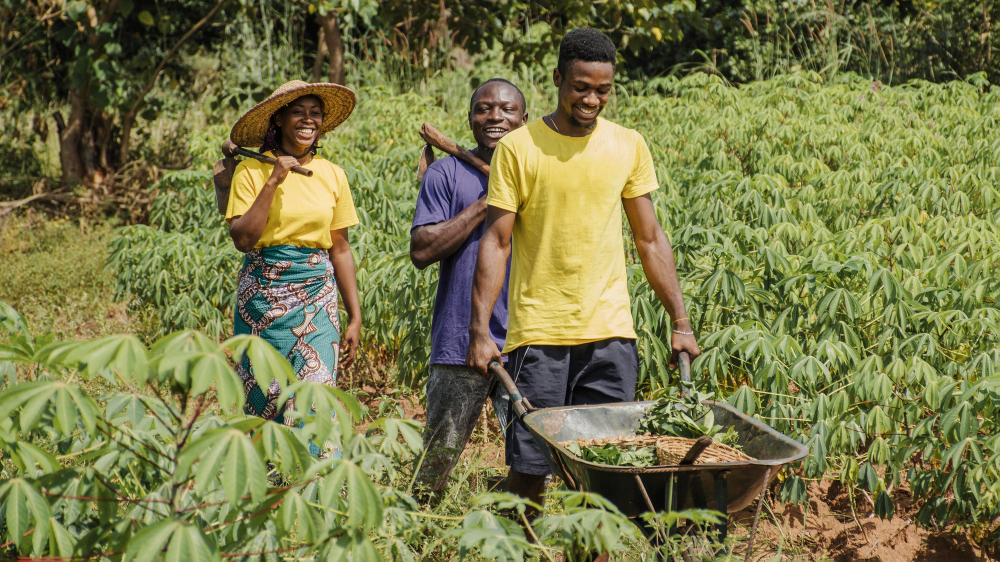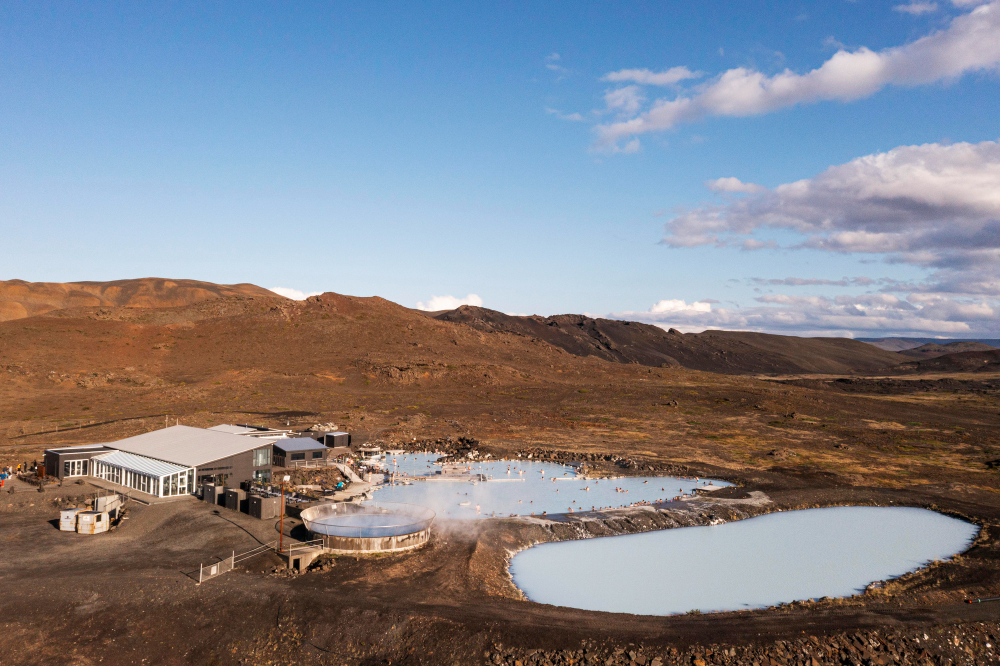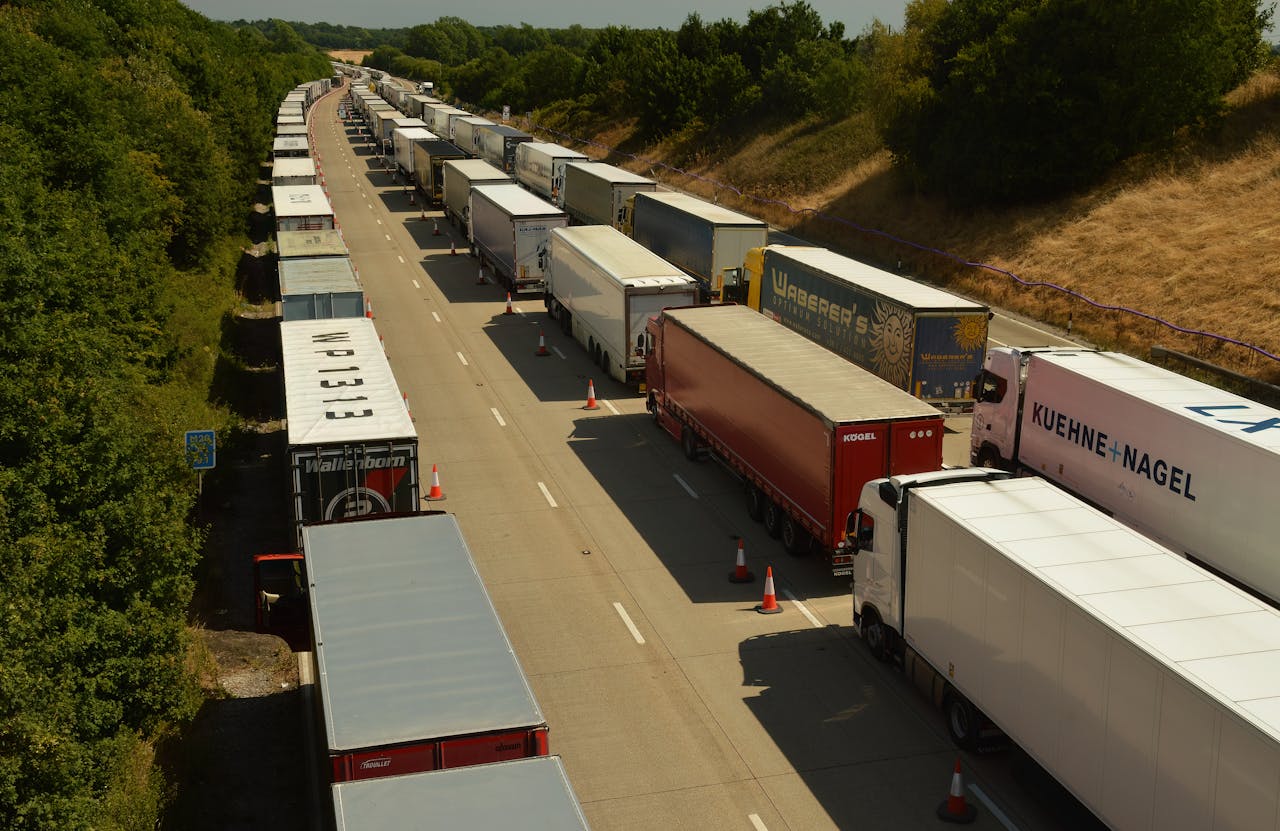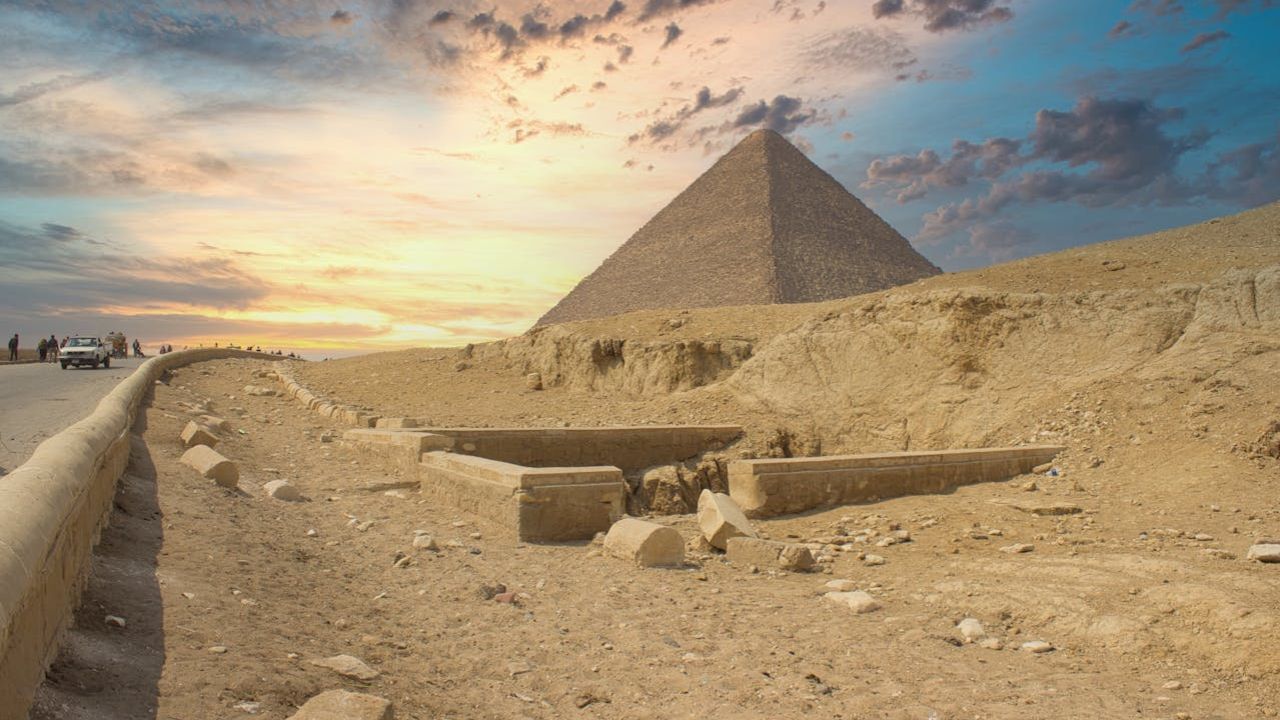Africa’s story does not stop at colonization. It moves through it, then past it, into plans led by Africans and powered by the youngest population on Earth. If you are trying to make sense of headlines, think of three strands woven together: what empire changed, what “resources” really meant on the ground, and how people are rebuilding systems that fit the continent today.
This is a field guide, not a lecture. We’ll rewind briefly, unpack the word “resources,” then look at living examples of renewal that you can track in real data.
A quick rewind, then forward
From the late 1800s, European powers cut lines across the map without African voices at the table. Those borders mixed dozens of languages and communities inside new states. Colonial governments built railways and ports that moved raw materials out, not value in, which shaped town layouts, trade routes, and schools for decades afterward.
Independence arrived in waves during the mid-twentieth century. New flags did not erase older patterns. Governments inherited borders, legal systems, and export habits that were never designed for local needs. The first generation focused on sovereignty and basic services. Later generations added a different goal: remake regional systems so neighbors trade, study, and plan together by choice.
What “resources” really meant
When people say Africa is “rich in resources,” they usually mean things you can dig, pump, or cut. That is only part of the picture. During the colonial period, “resource” meant what ships could carry away. For many places, that was copper, cocoa, rubber, tea, or oil. The value left quickly. The cleanup, the soil loss, or the exhausted fishery stayed behind.
There are other resources hiding in plain sight. Water stored in healthy soils. Young people with the languages and tech skills to build new services. Regional links that let landlocked towns reach global markets through a neighbor’s port. Those assets grow when policy and practice line up. They shrink when systems leak value or push people out.
If you remember one thing about resources, remember this: value grows near the work. When a region turns raw goods into finished products and useful services, skills deepen, wages improve, and communities keep more of what they create. That shift is why continental projects matter.
After empire: choices on the table
Across the African Union, leaders framed a long-term plan called Agenda 2063. It is about integration, science, and stability, not nostalgia. Tied to it is the African Continental Free Trade Area, a project to make it easier for goods and services to move between countries. The idea is simple. Trade more with your neighbors, build shared standards, and keep more value inside the continent.
Policies are paper until they touch daily life. That is why two other choices matter. One is investing in people, especially teens and young adults, because Africa will account for a much larger share of the world’s population by mid-century. The other is managing land and energy in ways that hold up through heat, drought, and heavy rain. Both choices turn long documents into real opportunities.
Renewal you can see
African-led fixes are already visible across farms, power grids, and borders. The examples below are practical, low cost, and locally managed. They scale because they use skills communities already have and tools they can maintain. Each one is measurable in crops harvested, watts delivered, or trucks crossing with fewer delays.
Case 1: Re-growing trees on farms in the Sahel

In southern Niger, farmers scaled up a simple practice called farmer-managed natural regeneration. Instead of planting new trees, they protect tree shoots already sprouting from living roots, then prune them to fit farming. Over a few decades, millions of acres turned greener, soils held more water, and grain harvests rose. It is low cost, farmer led, and it spreads by example. You can think of it as climate resilience built with a pocketknife and patience.
Case 2: Tapping clean power underfoot

Kenya sits on the Great Rift Valley, where heat rises close to the surface. Engineers drilled into that heat and built one of the world’s leading geothermal fleets. The result is electricity that runs day and night without coal or gas. That makes classrooms, clinics, and small businesses more reliable. It also shows a wider lesson: when countries pick energy that suits their landscape, they buy fewer fuels from far away and keep know-how at home.
Case 3: Connecting markets on purpose

It is hard to sell a tomato across a border if standards differ and the paperwork changes at every gate. The AfCFTA is meant to fix those frictions. It launched trading rules and tools that help customs officers and companies speak the same language. This is not flashy, and it will take time. But even early steps make it easier for a producer in one country to reach shoppers in the next one over. When neighbors trade more, roads get busier with goods that were once blocked by red tape.
People power: the youngest continent
Africa is the world’s youngest region by median age. More students finish primary school than a generation ago, and youth literacy has climbed, especially in sub-Saharan Africa. That matters because basic reading, math, and digital skills turn local opportunities into real jobs. When teens can read a repair manual, follow a safety checklist, or learn new code from a tutorial, they level up faster.
A young population is not a guarantee. It is a responsibility. The window opens wide if classrooms, clinics, and training programs keep pace. It narrows if schools empty, if preventable illness spreads, or if conflict interrupts learning. The difference shows up in simple things: a working library computer, a technical college that partners with local firms, a teacher who has chalk and a clock that runs.
The past is present, but not the script
Colonial borders still shape politics. Export habits still shape ports. Yet the future script is being rewritten in town councils, startup hubs, farm cooperatives, and ministries that share data. The continent’s own plans set the stage. Regional power pools stabilize grids. Common standards help small businesses cross borders. Community-run land care brings shade and water back to farms.
For teens in the United States, the most useful habit is curiosity without clichés. Africa is not a single place. It is cities and deserts and rainforests and islands, with people speaking hundreds of languages and solving problems in their own ways. When you read a story about a single crisis, look for the policy that came after it. When you see a headline about a single hero, look for the team around them.
Try this when you read
- Ask who set the rules that shaped the problem.
- Check if there is a regional plan tied to the story.
- Look for a local example that is already working.
- Notice when value stays close to where work happens.
Bottom line
“Beyond empire” does not mean forgetting history. It means seeing what came after and who is steering now. The continent’s resources include land, water, wind, sunlight, and minerals. They also include students, nurses, coders, artisans, and farmers who already know their terrain. When policies connect those strengths across borders and across years, renewal stops being a slogan and becomes everyday life.
Sources
- African Union, Agenda 2063 overview (Sept 2025). https://au.int/en/agenda2063/overview African Union
- African Union, AfCFTA page (Sept 2025). Trading commenced Jan 1, 2021. https://au.int/en/african-continental-free-trade-area African Union
- UN DESA, World Population Prospects 2022 summary (Sept 2025 consultation). https://www.un.org/development/desa/pd/sites/www.un.org.development.desa.pd/files/wpp2022_summary_of_results.pdf United Nations
- Encyclopaedia Britannica, Berlin Conference and Scramble for Africa entries (Sept 2025). https://www.britannica.com/event/Berlin-West-Africa-Conference Encyclopedia Britannica
- World Bank, Sustainable Land Management in the Sahel report (2020). FMNR examples in Niger. https://documents1.worldbank.org/curated/en/343311608752196338/pdf/Sustainable-Land-Management-in-the-Sahel-Lessons-from-the-Sahel-and-West-Africa-Program-in-Support-of-the-Great-Green-Wall-SAWAP.pdf World Bank


